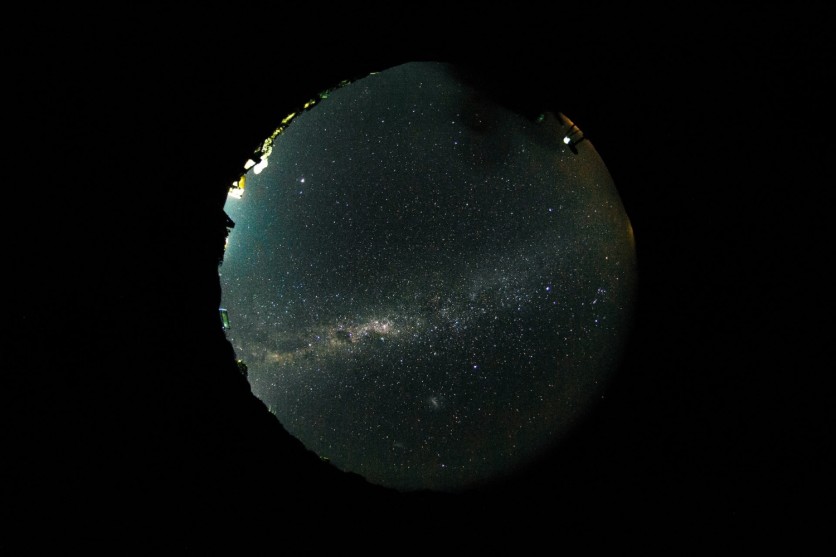Searching for a humongous black hole in the universe remains a mysterious task in astronomy. Over the past years, astronomers have kept on finding solutions to hunt these entities in the cosmos. However, the available techniques are slow, and there's a need to accelerate them.
According to a recent report by Space.com, the second nearest supermassive black hole (Leo I) is situated in the Milky Way. While astronomers already have information about its position, they could not extract a clear image of emissions from its neighboring black hole (Leo I*).
Astronomer Hopes the Leo I* Observation to Work

According to Fabio Pacucci, the lead author of the research, black holes can sometimes be playful and play "hide-and-seek" with the viewers.
"Rays of light cannot escape their event horizons, but the environment around them can be extremely bright - if enough material falls into their gravitational well. But if a black hole is not accreting mass, instead, it emits no light and becomes impossible to find with our telescopes," he added in a statement.
Pacucci said that this has something to do with the Leo I*, which renders the supermassive black hole inactive since it is short of gas to feed it.
To confirm that it really exists, Pacucci and his associates came up with an idea to prove that it's engaging in its "alternative diet."
Based on his observation, there are tons of stars that are surrounding the black hole. He called the old stars red giant stars, which can be found on Leo I*.
Avi Loeb, another astrophysicist, said that this breakthrough could be a "groundbreaking" achievement if it surely works according to the plan.
A Much Smaller Black Hole
If the detection method will smoothly work then astronomers can identify if the supermassive black holes really exist in the dwarf galaxies or not.
Loeb said that there's a strange finding about Leo I*. The fact that it was contained in a much smaller galaxy than the Milky Way is enough to leave a curiosity in the minds of astronomers.
As Loeb added, it is compared to an oversized baby who came out from a slim parent. This is an exciting part of the study since this is the area where unexpected things occur in the most bizarre way.
Pacucci and his team are aware that it might take some time before they get a closer picture of Leo I*, but he hopes that they could update the theories after observing them via VLA and Chandra X-Ray Observatory.
To view the team's study entitled "Accretion from Winds of Red Giant Branch Stars May Reveal the Supermassive Black Hole in Leo I," visit The Astrophysical Journal Letters for more information.
Read Also: China's Lobster Eye Imaging Telescope Captures First Images of Cosmic Bodies

ⓒ 2025 TECHTIMES.com All rights reserved. Do not reproduce without permission.




